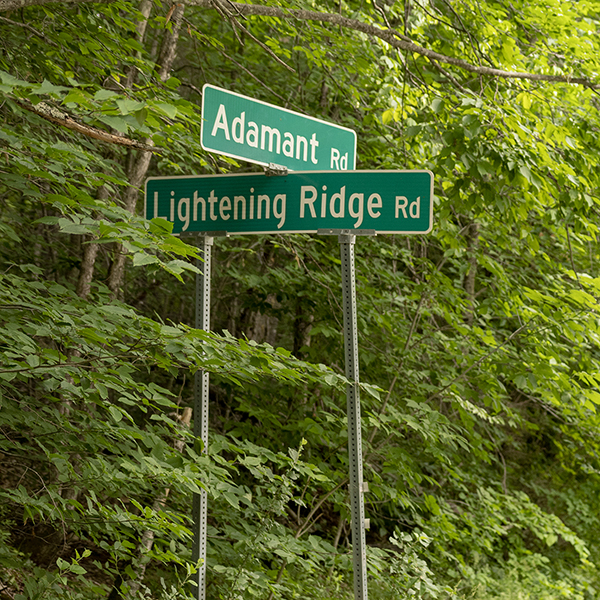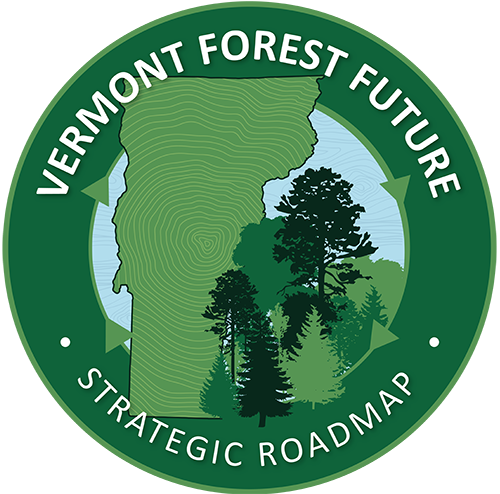
This survey gathered important input on the concept of the least desired, expected, and preferred futures for the Vermont forest economy. Survey participants were asked to identify the three types of future on the modified scenario matrix. This layers a 10 x 10 grid over the scenario matrix, creating 100 different possible versions of the future, all subtly different. Participants were able to locate their different futures based on the two main continuums and understanding the description of the broad scenarios. This approach helps identify the perception about the current trajectory, and importantly helps define the preferred future. The preferred future represents a broad vision for the future. These futures were described as:
USING THE CHART:



For more information about the Vermont Forest Future Strategic Roadmap project, please contact:
Danielle Fitzko, Commissioner
VT Department of Forests, Parks & Recreation
Address: 1 National Life Dr, Davis Bldg., Montpelier, VT 05620-0501
802-598-9992
Danielle.Fitzko@vermont.gov
Oliver Pierson, Director, Forests Division
VT Dept. of Forests, Parks & Recreation
802-505-3563
Oliver.Pierson@vermont.gov
David Beurle, Chief Executive Officer
Future iQ
612-757-9190
david@future-iq.com
Photos courtesy of Erica Houskeeper | VSJF and Future iQ